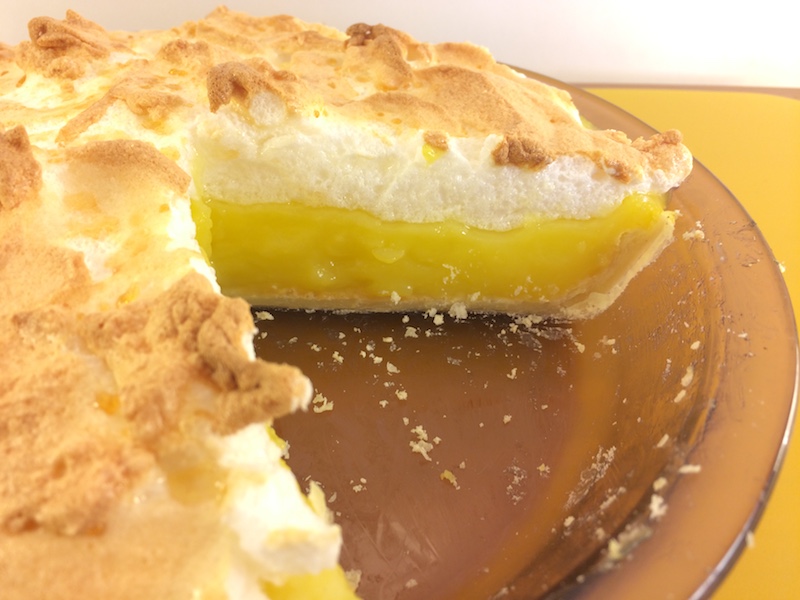- 709shares
- 706
Prevent Weeping Meringue
Weeping, in culinary terms, defines the yucky looking sticky liquid that begins escaping between the layers of a lemon meringue pie, or any dessert with a layer of meringue that was not created properly. Weeping occurs as moisture begins to slowly seep out of the meringue layer and ruin both the look and therefore the appeal of this otherwise delightful creation.
Weeping is a common problem with meringue that luckily has a pretty basic solution. Below are the details to keep a pie from crying goopy tears of failure.

Prevent Weeping Meringue
Four Steps to Prevent Weeping Meringue
-
Avoid added moisture.
In order to prevent meringue from weeping, it’s best to get the craving for it on a dry day. Moisture in the air can be absorbed by the meringue and make for a stickier situation. If it’s rainy or humid, try cookies or ice cream for dessert instead. Agreed, that’s not a very helpful tip. The next ones are a little easier to humanly control. -
Beat it until the tips curl.
To make a great meringue beat the egg whites, according to the directions, until stiff peaks form. A quick dip of the spatula should produce a little mound with a tip that rises up above the mixture and then curls over at the tip. -
Add the finished meringue to the pie while the
filling is still warm.
The pudding should cool for five minutes (or the recommended time in your recipe, but not long enough to actually become cool) on the stove before being poured into a completely cooled crust. This will help ensure that the meringue cooks all the way through once it is placed into the oven for browning. After pouring the slightly warm pudding into the cooled crust, immediately and gently place the meringue on top of the pudding. Spread the meringue all the way to the crust for the entire pie, this will prevent shrinkage. Place the pie directly into the oven once assembled. -
Let the fully baked pie cool.
The pie should cool completely before being placed into the refrigerator for storage.












